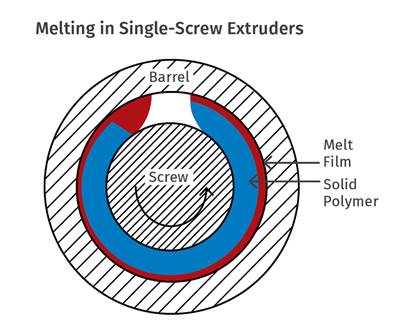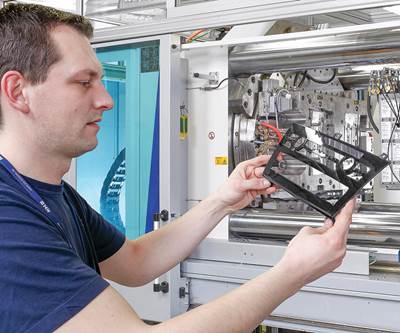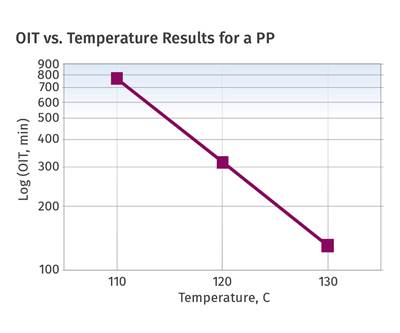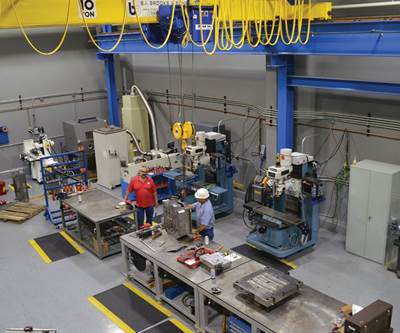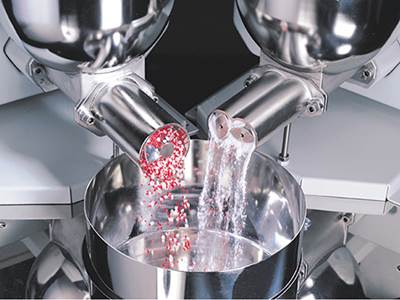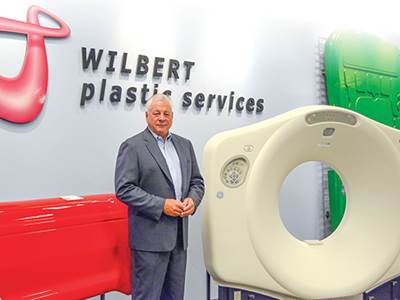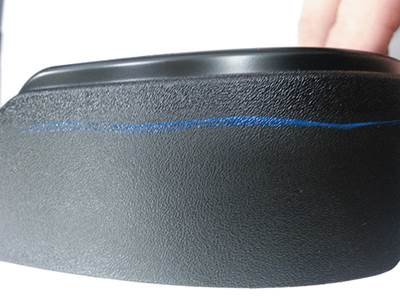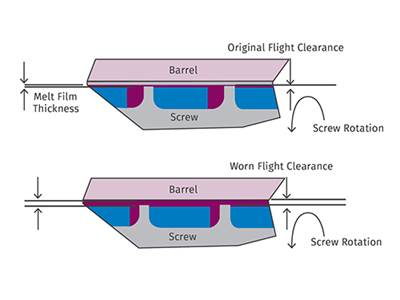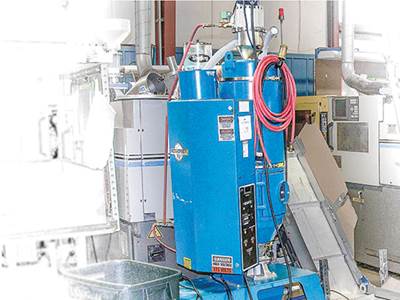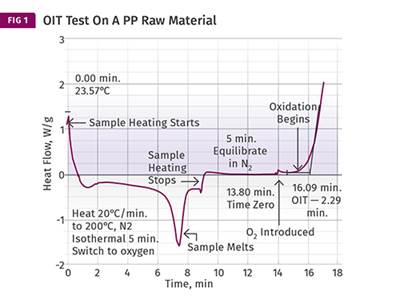best practices
Extruding Very High-Flow Polymers
Screw designs not suited to process lower-viscosity materials will result in poor melt quality and lower outputs.
Read MoreFaster Is Not Always Better—Optimize Your Molding Cycle
It is possible for machines to run too fast, so find the sweet spot where maximum output overlaps with good parts.
Read MoreThe Importance of Oxidative Stability in Polyolefins, Part 3
Tools and methods for determining oxidative stability can be useful, but even more useful if constructed to yield the information you really need.
Read MoreTool Maintenance: A Molder’s Must-Have
Equipping a toolroom for proper mold maintenance and repair takes more than just the right technology.
Read MoreHow to Troubleshoot Your Feeder to Achieve Optimal Performance
Even the tiniest improvements in compounding feeder accuracy can improve profits. Here’s how to keep your feeding system in the pink.
Read MoreVaulting to Number One Among Heavy-Gauge Thermoformers
For Wilbert Plastic Services, it’s all about bringing together design and engineering to add value for customers.
Read MoreSolving Issues with Gloss
Your problem may be related to tooling, material, processing, or combinations thereof. Here’s how to find the root cause.
Read MoreDo You Have Screw Wear?
It’s generally caused by metal-to-metal contact, and your first indicator will be poor melt quality.
Read MoreThe Importance of Oxidative Stability In Polyolefins, Part 2
The DSC test can do a reasonably good job of capturing the comparative behavior of materials that use similar antioxidant chemistries.
Read More
